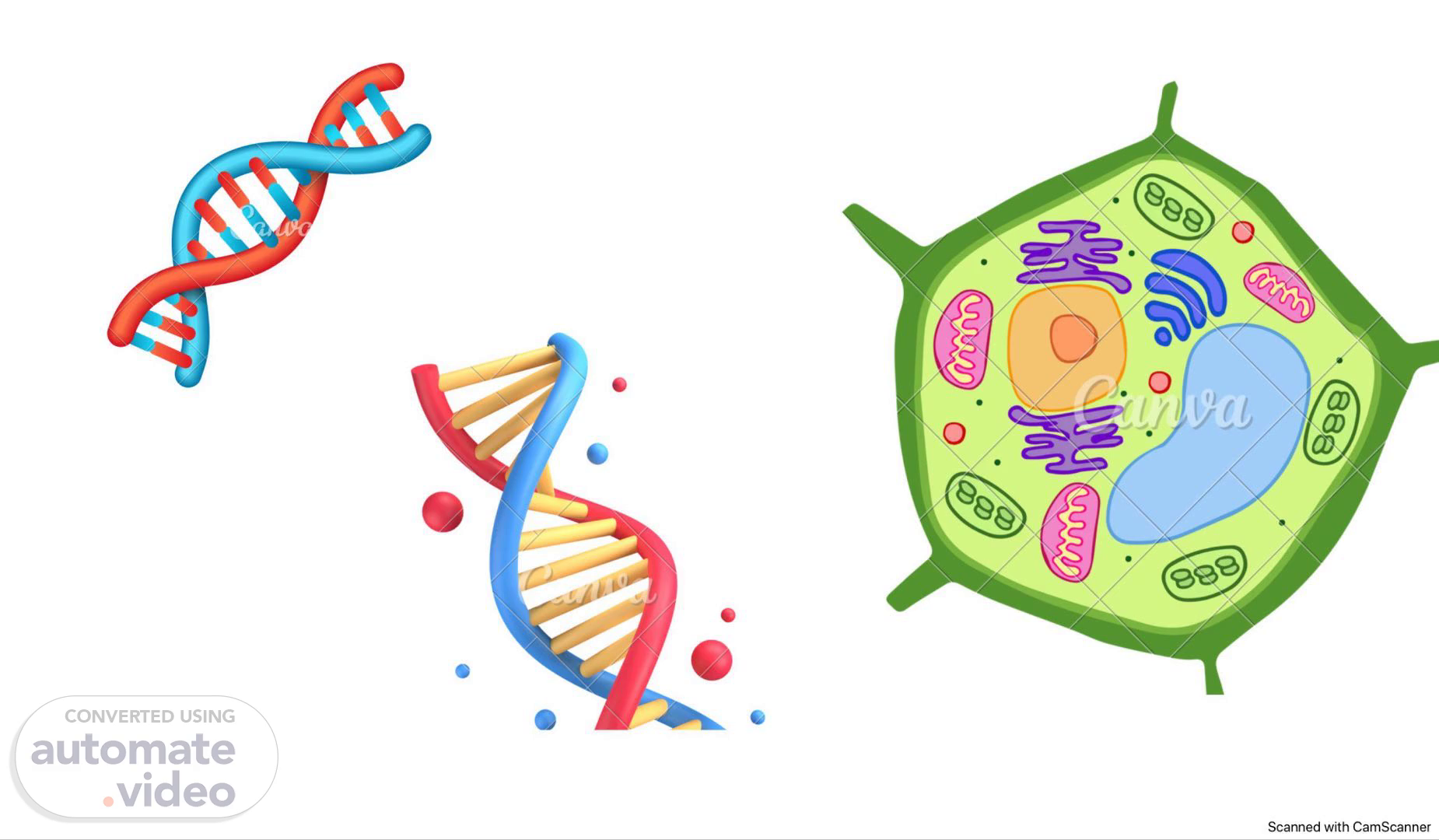Scene 1 (0s)
[Audio] The fundamental components of DNA include the sugar molecule deoxyribose, phosphate groups, and nitrogenous bases such as adenine, guanine, cytosine, and thymine. These components work together to form the double helix structure of DNA, which ensures the integrity of genetic information..
Scene 2 (19s)
[Audio] The structure of DNA, also known as deoxyribonucleic acid, consists of two complementary strands twisted together in a double helix. The building blocks of DNA are nucleotides, which are composed of three components: a sugar molecule called deoxyribose, a phosphate group, and one of four nitrogenous bases---adenine, guanine, thymine, and cytosine. These nitrogenous bases pair with each other in a specific manner, with adenine pairing with thymine and guanine pairing with cytosine. This pairing allows the genetic information encoded in the DNA sequence to be accurately replicated and transmitted from one generation to the next..
Scene 3 (57s)
[Audio] Single-strand breaks occur when there is a disruption in the sugar-phosphate backbone of one strand of the DNA double helix. This type of break is much easier to repair than a double-strand break, which involves the breaking of both strands of the DNA double helix. The enzyme ligase plays a crucial role in repairing single-strand breaks by catalyzing the ligation or joining of two DNA strands together. Mismatched repair is another mechanism that helps fix errors that occur during DNA replication. This process detects the error, cuts it out, and fills the gap. There are different types of mismatched repair, including the detection of incorrect base pairs and the correction of these errors. Double-strand breaks are much more difficult to repair than single-strand breaks because both strands of the DNA double helix are broken. Cells use two main mechanisms to repair double-strand breaks: homologous repair and non-homologous end joining. Homologous repair uses an undamaged sister strand as a template to repair the damaged DNA, while non-homologous end joining joins the broken ends of the DNA together. In some cases, cells may not be able to repair DNA damage immediately. When this occurs, the cell uses two main approaches to cope with the damage. One approach is recombination repair, which allows replication to continue past damaged DNA by using an undamaged sister strand as a template. The other approach is SOS repair, which allows replication to continue across damaged sites using specific polymerases..
Scene 4 (2m 29s)
[Audio] When a cell's DNA suffers a double strand break, it is a much more challenging situation than a single strand break. Both strands are broken, making it difficult for the cell to repair the damage. In this case, the cell employs two primary mechanisms to mend the broken DNA. These mechanisms are homologous recombination and non-homologous end joining..
Scene 5 (2m 48s)
[Audio] Cells use sister chromatids of homologous chromosomes as a template to repair a double strand break. This process occurs during cell division, primarily in the S and G2 phases. Homologous recombination plays a crucial role in maintaining genomic stability by repairing damaged DNA..
Scene 6 (3m 6s)
[Audio] Non-homologous end joining is another mechanism by which cells repair DNA double-strand breaks. This process involves the direct ligation of non-homologous DNA ends, resulting in small deletions or insertions. These changes can potentially lead to mutations. Notably, this type of repair is active throughout the cell cycle, allowing cells to maintain genome stability even when DNA damage occurs..
Scene 7 (3m 33s)
[Audio] The mismatched repair process is crucial for maintaining the accuracy of genetic information after DNA replication. During this process, mismatched base pairs are detected, cut out, and replaced with the correct nucleotides. This ensures that the genetic information remains accurate and intact. The process involves detecting the error, cutting out the incorrect base pair, and filling the resulting gap with the correct nucleotide. This mechanism helps maintain the integrity of the genetic material, ensuring that the genetic information is passed on correctly from one generation to the next..
Scene 8 (4m 9s)
[Audio] When DNA damage occurs and immediate repair is not possible, cells employ two primary strategies to cope with the situation. The first approach is recombination repair, where the cell utilizes an undamaged sister strand as a template to allow replication to proceed past the damaged DNA site. This mechanism relies on proteins such as RecA, LexA, and UmuCD..
Scene 9 (4m 32s)
Scanned with CamScanner.
